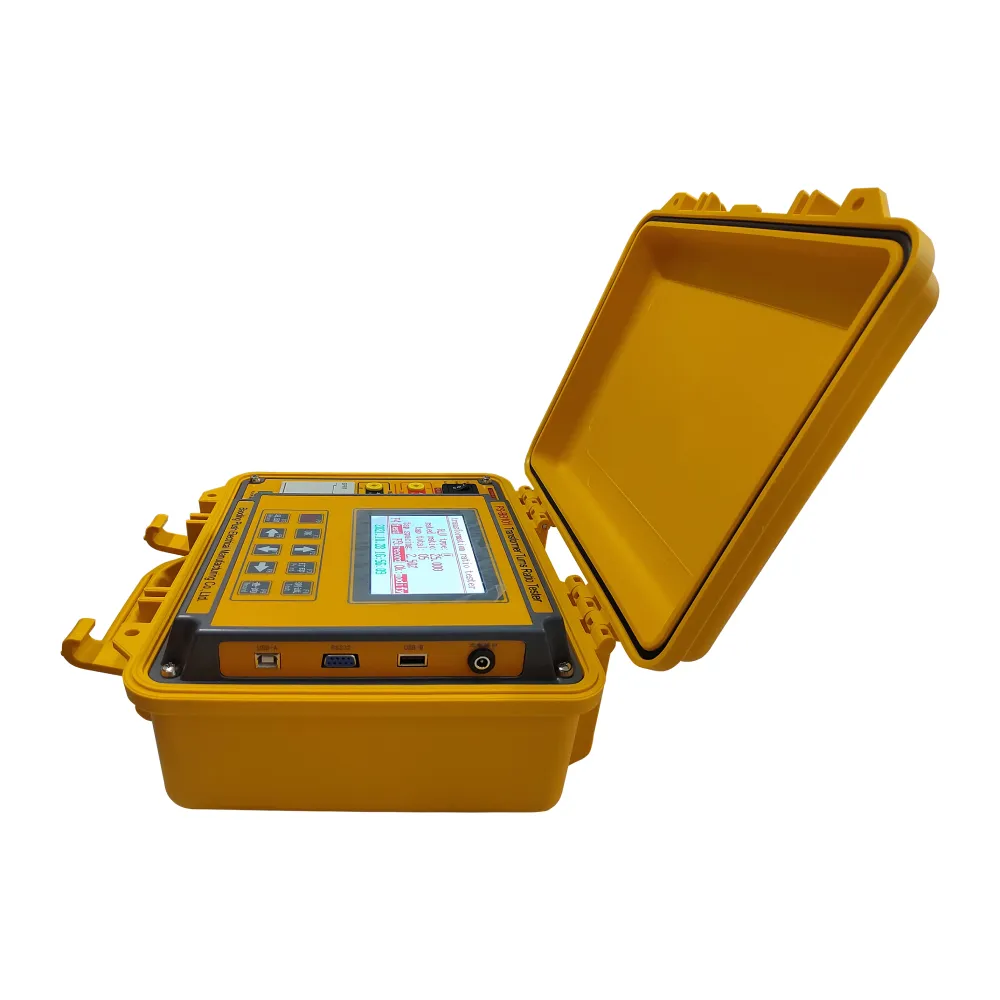 English
English



-
 Afrikaans
Afrikaans -
 Albanian
Albanian -
 Amharic
Amharic -
 Arabic
Arabic -
 Armenian
Armenian -
 Azerbaijani
Azerbaijani -
 Basque
Basque -
 Belarusian
Belarusian -
 Bengali
Bengali -
 Bosnian
Bosnian -
 Bulgarian
Bulgarian -
 Catalan
Catalan -
 Cebuano
Cebuano -
 China
China -
 China (Taiwan)
China (Taiwan) -
 Corsican
Corsican -
 Croatian
Croatian -
 Czech
Czech -
 Danish
Danish -
 Dutch
Dutch -
 English
English -
 Esperanto
Esperanto -
 Estonian
Estonian -
 Finnish
Finnish -
 French
French -
 Frisian
Frisian -
 Galician
Galician -
 Georgian
Georgian -
 German
German -
 Greek
Greek -
 Gujarati
Gujarati -
 Haitian Creole
Haitian Creole -
 hausa
hausa -
 hawaiian
hawaiian -
 Hebrew
Hebrew -
 Hindi
Hindi -
 Miao
Miao -
 Hungarian
Hungarian -
 Icelandic
Icelandic -
 igbo
igbo -
 Indonesian
Indonesian -
 irish
irish -
 Italian
Italian -
 Japanese
Japanese -
 Javanese
Javanese -
 Kannada
Kannada -
 kazakh
kazakh -
 Khmer
Khmer -
 Rwandese
Rwandese -
 Korean
Korean -
 Kurdish
Kurdish -
 Kyrgyz
Kyrgyz -
 Lao
Lao -
 Latin
Latin -
 Latvian
Latvian -
 Lithuanian
Lithuanian -
 Luxembourgish
Luxembourgish -
 Macedonian
Macedonian -
 Malgashi
Malgashi -
 Malay
Malay -
 Malayalam
Malayalam -
 Maltese
Maltese -
 Maori
Maori -
 Marathi
Marathi -
 Mongolian
Mongolian -
 Myanmar
Myanmar -
 Nepali
Nepali -
 Norwegian
Norwegian -
 Norwegian
Norwegian -
 Occitan
Occitan -
 Pashto
Pashto -
 Persian
Persian -
 Polish
Polish -
 Portuguese
Portuguese -
 Punjabi
Punjabi -
 Romanian
Romanian -
 Russian
Russian -
 Samoan
Samoan -
 Scottish Gaelic
Scottish Gaelic -
 Serbian
Serbian -
 Sesotho
Sesotho -
 Shona
Shona -
 Sindhi
Sindhi -
 Sinhala
Sinhala -
 Slovak
Slovak -
 Slovenian
Slovenian -
 Somali
Somali -
 Spanish
Spanish -
 Sundanese
Sundanese -
 Swahili
Swahili -
 Swedish
Swedish -
 Tagalog
Tagalog -
 Tajik
Tajik -
 Tamil
Tamil -
 Tatar
Tatar -
 Telugu
Telugu -
 Thai
Thai -
 Turkish
Turkish -
 Turkmen
Turkmen -
 Ukrainian
Ukrainian -
 Urdu
Urdu -
 Uighur
Uighur -
 Uzbek
Uzbek -
 Vietnamese
Vietnamese -
 Welsh
Welsh -
 Bantu
Bantu -
 Yiddish
Yiddish -
 Yoruba
Yoruba -
 Zulu
Zulu
Exploring the Impact of PD Test on Transformer Performance and Reliability
Understanding PD Test in Transformers An Overview
Partial Discharge (PD) testing is a critical diagnostic method used to assess the insulation conditions of electrical transformers. In the world of electrical engineering, transformers play a pivotal role in the transmission and distribution of electrical energy. Ensuring their optimal performance and longevity is essential, and PD testing serves as a key tool in achieving this goal.
Partial discharge refers to localized electrical discharges that occur within a solid or liquid dielectric material when the electric field strength exceeds a certain threshold. This phenomenon can result from defects or imperfections in the insulation, such as voids, cracks, or water ingress. PD activity can lead to insulation degradation, eventually affecting the reliability and efficiency of transformers. Therefore, early detection of partial discharges is crucial to prevent catastrophic failures and extend the lifespan of transformer equipment.
Understanding PD Test in Transformers An Overview
One of the primary benefits of PD testing is its non-invasive nature, which means it can be done without taking the transformer out of service. This minimizes downtime and maintains operational efficiency, which is particularly essential in industries that rely heavily on a continuous power supply. Additionally, PD testing can provide valuable information about the condition of the insulation system, allowing maintenance teams to prioritize repairs and interventions based on the severity and location of the discharge activity.
pd test in transformer

The interpretation of PD test results requires a good understanding of the transformer’s design, operational history, and environmental conditions. Engineers typically employ various techniques, such as statistical analysis and trend monitoring, to evaluate the severity of PD activity over time. This not only helps in determining immediate corrective measures but also aids in predicting potential future failures.
Moreover, PD testing plays a vital role in the commissioning of new transformers. By performing a thorough PD analysis before putting the transformer into operation, engineers can identify any manufacturing defects or installation issues that may compromise insulation integrity. This proactive approach contributes significantly to the overall reliability of the electrical system.
In recent years, advancements in technology have led to the development of more sophisticated PD testing equipment. These tools can provide enhanced sensitivity and better data analysis capabilities, allowing for more accurate assessments of transformer health. With the rise of digital technologies and the Internet of Things (IoT), remote monitoring solutions for PD activity are becoming increasingly common, enabling continuous surveillance of transformer insulation conditions.
In conclusion, Partial Discharge testing is an essential practice in the maintenance and management of transformer insulation systems. By detecting and analyzing PD activity, engineers can take preventive measures to safeguard transformers against failure, ensuring the reliable delivery of electric power. As technology continues to evolve, PD testing will likely play an even more significant role in enhancing the longevity and performance of transformers within modern electrical networks.
-
Ensuring SF₆ Gas Safety: Introducing PUSH’s Integrated SF₆ Analyzer for Dew Point, Purity, and Decomposition MonitoringNewsJul.10,2025
-
Exploring the Main Types of Industrial Endoscopes and Their Applications Across IndustriesNewsJul.04,2025
-
Testing Equipment Industry Sees Major Advancements in 2025: Smart & Precision Technologies Lead the WayNewsJun.06,2025
-
Applications of Direct Current Generators in Renewable Energy SystemsNewsJun.05,2025
-
Hipot Tester Calibration and Accuracy GuidelinesNewsJun.05,2025
-
Digital Circuit Breaker Analyzer Features and BenefitsNewsJun.05,2025



